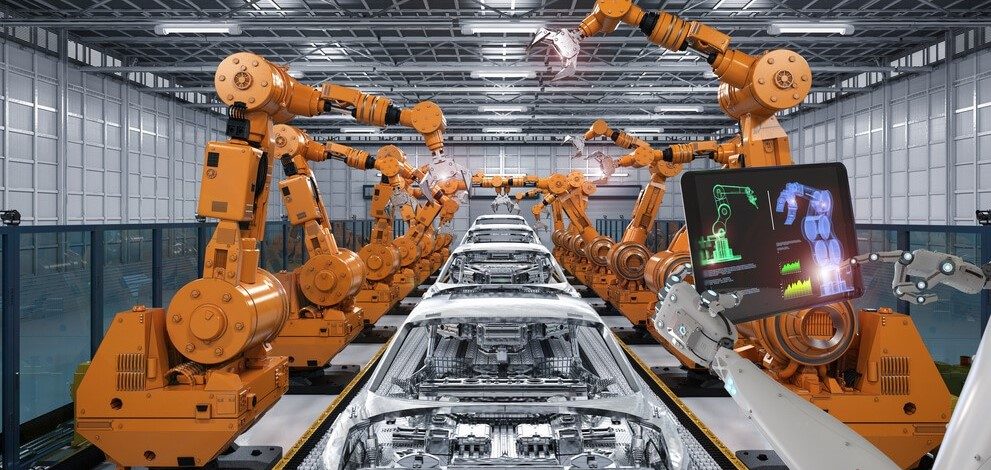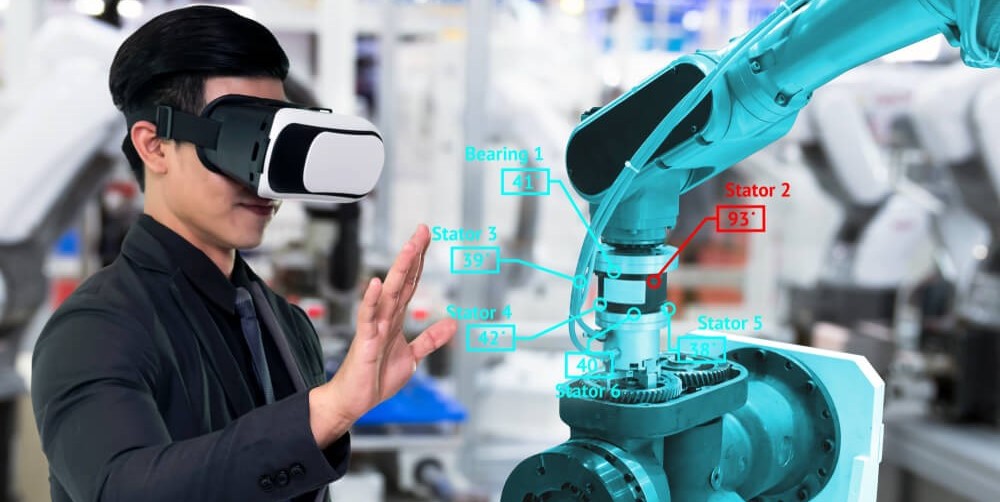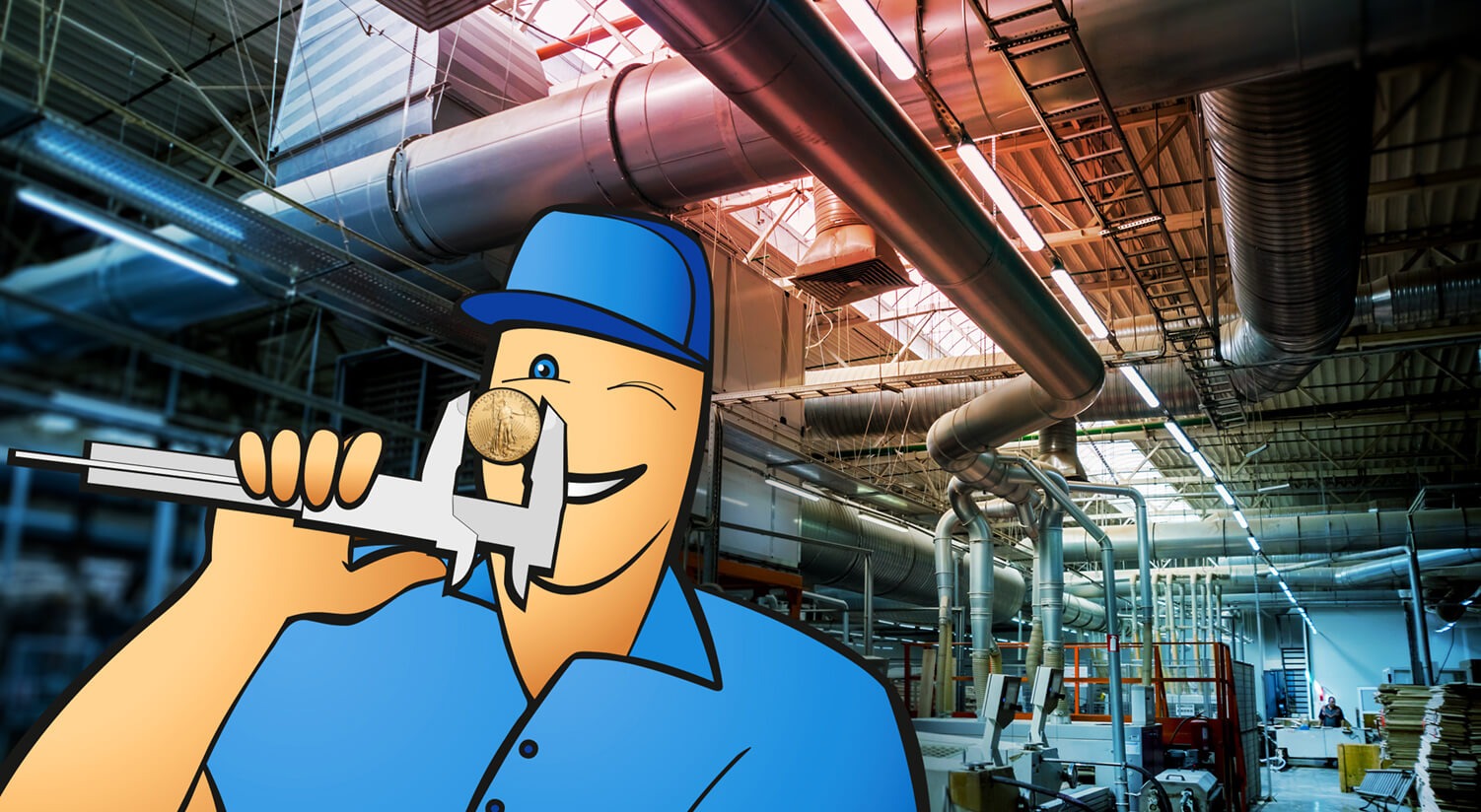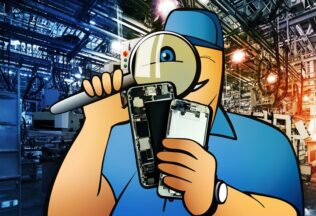Advanced Manufacturing – Solutions That Are Transforming the Industry
Advanced manufacturing is on its way to transform the industry. And there are solutions in place already that could help even small manufacturers keep up in the rapidly changing business environments.

You can also listen to this article:
What is Advanced Manufacturing?
Advanced manufacturing is the use of new, innovative technologies and processes to improve production efficiency and become more competitive in the market.
While traditional manufacturing relies on rigid dedicated production lines and industry-specific variations of proven techniques, advanced manufacturing utilizes innovations in IT, automation, sensor networking, materials science, etc. to achieve data-driven, intelligent, more economically and ecologically viable production.
According to Deloitte, 83% of manufacturers today believe that by 2025, production will be transformed by these initiatives.
With corresponding policies and taskforces created on the highest levels of government both in the United States as well as in the European Union, advanced manufacturing has come a long way from being a buzzword used liberally by anyone with a vague understanding of the subject.
Advanced Manufacturing solutions
There are different categories of solutions that fall under the larger umbrella of advanced manufacturing.
While some of them are truly cutting-edge, there are also solutions that have been around for decades but are only now slowly entering the mainstream as they are becoming more developed and affordable to even small businesses.
Manufacturing data management
Many companies already use digital solutions to streamline manufacturing operations by planning and scheduling processes, collecting and analyzing data, and improving communications.
Even though these solutions have been on the market for many decades already, they have been unavailable for the smaller players.
Software of the digital revolution
ERP, MRP, CRM, SCM, WMS, MES, even Excel – all these software solutions have their roots in the digital revolution of the second half of the previous century.
Although they have been around for a long time, they have been unavailable for most manufacturing businesses due to their high licensing and implementation costs.
They were also designed to be used by specific departments (CRM by salespeople, WMS by inventory managers, accounting software by finance, etc.), so they were limited in their functionality to only that single area.
Even when these single-department software were developed further to include features for other parts of the manufacturing business, such as production planning or maintenance management, they remained essentially unbalanced.

Modern manufacturing software
With the last decade, however, there has been a massive shift toward affordable, easy-to-use software that integrates all the different functionalities previously offered by standalone programs and offers manufacturers an all-in-one solution.
MRP systems or manufacturing ERPs are software that act as an underlying infrastructure of a manufacturing business.
Other than allowing manufacturers to plan and schedule their production processes and material needs, a modern MRP system has the capabilities to manage each aspect of a manufacturing business, from sales to procurement, from finances to maintenance, and so forth.
In addition, an MRP system collects vast amounts of data from each of the departments and helps to translate it into insights.
Cloud-based MRP software can be accessed remotely and thus has the ability to connect all of the departments at all times, however remote they might be, making the exchange of information between them instantaneous while automating many processes.
Study confirms benefits of manufacturing ERP
In fact, an ERP implementation study conducted among 315 manufacturers and distributors in November 2018 by Mint Jutras consulting firm produced the following results:
- 40% of the respondents reported reduced IT costs
- 38% reported reduced inventory levels
- 35% reported reduced cycle time
- 32% reported reduced headcount dedicated to manual data entry
- 31% reported increased production capacity without added headcount or capital investment
- 22% reported revenue growth without added headcount or capital investment
- 51% reported improved data accessibility/availability
- 40% reported improved inventory accuracy
- 34% reported improved internal collaboration/interaction
- 28% reported improved OTIF delivery
- 23% reported improved external collaboration/interaction
- 23% reported improved product quality
- 21% reported increased trust in data
- 19% reported improved customer satisfaction
- 17% reported improved employee engagement
This is a massive amount of benefits.
Furthermore, the fact that all these improvements were attained by a large margin of surveyed companies is testimony to each of them being attainable if an MRP system is properly implemented.
Only 1 respondent out of the 315 deemed their implementation a failure.
Advanced analytics
With the data management capabilities of an MRP system allowing you to collect large amounts of data, you can also use the software to start turning all of that information into business insights.
Finding patterns and translating the data will not only help you detect hiccups in the production process or prevent overstocking your raw materials.
It can also provide you with key statistics about your business performance and allows for better forecasting and decision-making throughout your whole company – from customer behavior trends to Overall Equipment Effectiveness.
This is what modern MRP systems are gradually moving toward – to becoming data powerhouses that not only collect and do simple processing with the information fed to them but also perform complicated analyses that predict business outcomes and prescribe necessary steps.
Also read about What is Demand Forecasting and What Can MRP Software Do With It?
Artificial intelligence and machine learning
AI and machine learning could be some of the more transformative concepts of our era, and they are already employed in manufacturing on a noticeable scale.
Although AI is not an entirely new field of technology, recent developments like cloud computing, big data, and machine learning have paved the way for it to enter the world at large.
If the appropriate infrastructure is in place that would allow for collecting data from different departments of a manufacturing business on a mass scale, AI could be utilized to make real-time data-driven decisions.
For example, data could be sent in from the production line that would help AI to calculate and predict cycle time with different variables, which would in turn allow for more accurate planning and scheduling.
With the help of sensors, AI could be used to spot inconsistencies either in the quality of the products or in the condition of the production equipment.
In procurement, AI could be used for highly accurate demand forecasts and predictive ordering while sales teams could benefit from its analytical capabilities to assess opportunity.
But that is only the tip of the iceberg.
Accenture estimates that AI has the potential to grow profits in the manufacturing industry by a whopping 39% of the predicted baseline in 2035.

Industrial IoT, robotics, and automation
The Industrial Internet of Things comprises interconnected sensors, production equipment, and other devices used in manufacturing.
IoT solutions could be used for remote monitoring and operations, i.e. keeping an eye on and guiding machinery, but also for equipment interaction that would allow for autonomous machinery to create a workflow and prevent accidents.
Cooperation between human and machine is already possible on a more intimate level, too, with wearable IoT-aided gloves and exoskeletons providing workers with extra safety and strength.
Apart from helping conduct the actual production processes, IoT is an invaluable source of data that could be used to make your production processes more efficient and safe.
By 2019, the annual sale of industrial robots had tripled compared to ten years before.
As we are still only on the verge of the era of smart factories, the growth of the importance of IoT and automation will undoubtedly accelerate going forth.
Virtual manufacturing
Virtual manufacturing utilizes augmented or virtual reality to model, simulate, and optimize production processes and products.
Using Integrated Computational Materials Engineering (ICME), product engineers can create a virtual product model and simulate its performance in various conditions before taking it into real-life production.
Virtual manufacturing also allows engineers to create simulations of manufacturing processes, which can be immensely helpful to iron out inefficiencies and create a streamlined production cycle.
Furthermore, augmented reality can aid in studying the processes and performing maintenance for the production equipment.

Conclusion
Advanced manufacturing is not a trend or a buzzword that will fade away in five years, neither is it merely an umbrella term for individual innovative solutions.
Instead, it is a phenomenon that will only start to grow rapidly in the near future, ushering in the age of remotely managed smart factories that will employ all the advanced manufacturing technologies, each complementing and perfecting the other.
Because you cannot utilize AI without having the capability to collect massive amounts of data.
You cannot take full advantage of robotics and automation if you do not have an AI system guiding the robots.
And the first step manufacturers should take would be to start creating an infrastructure for their advanced manufacturing initiative.
You may also like: What Are the Challenges in Manufacturing and How to Face Them?




